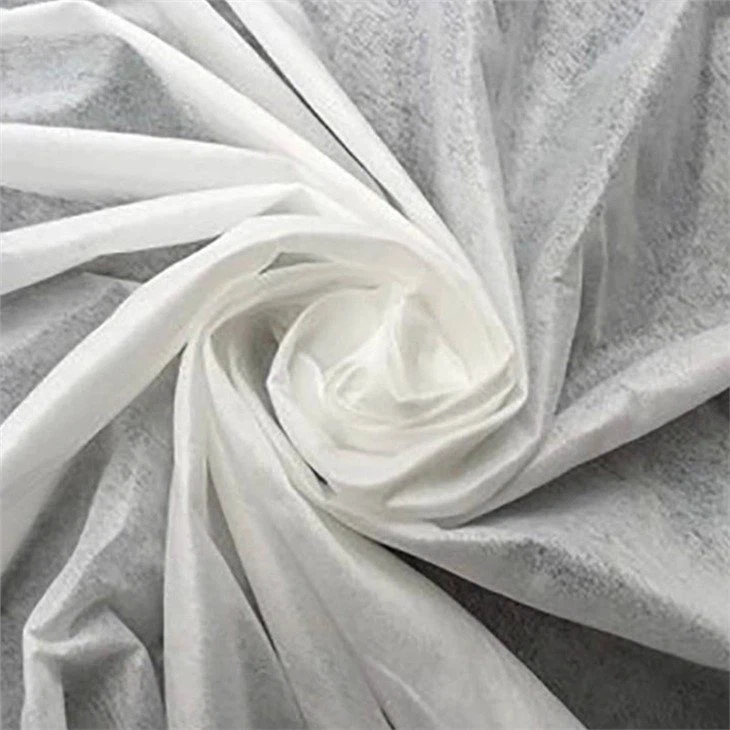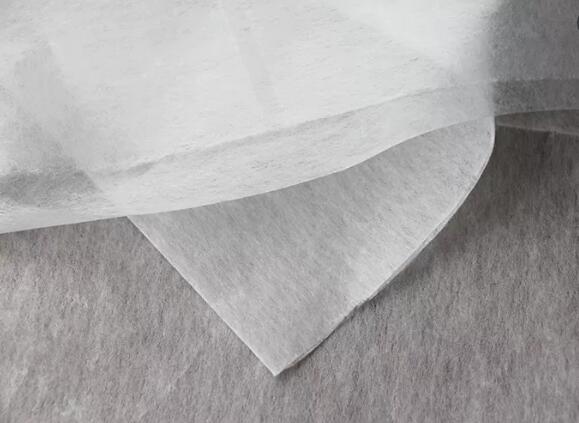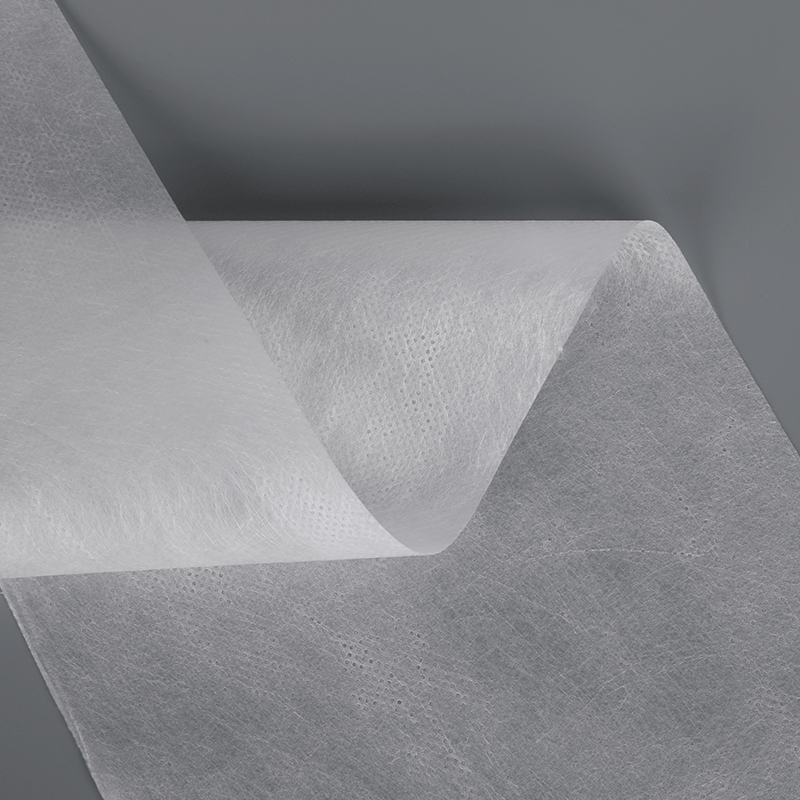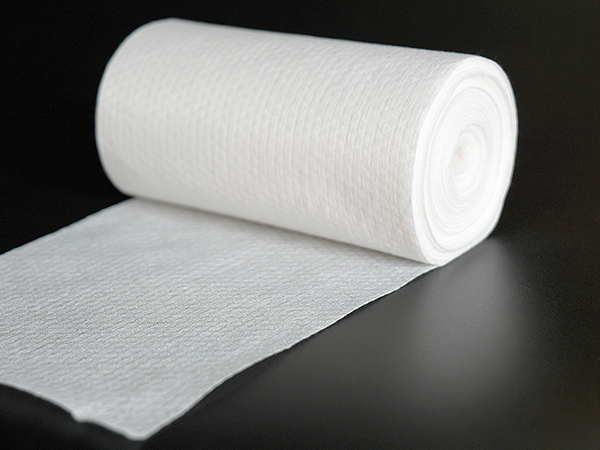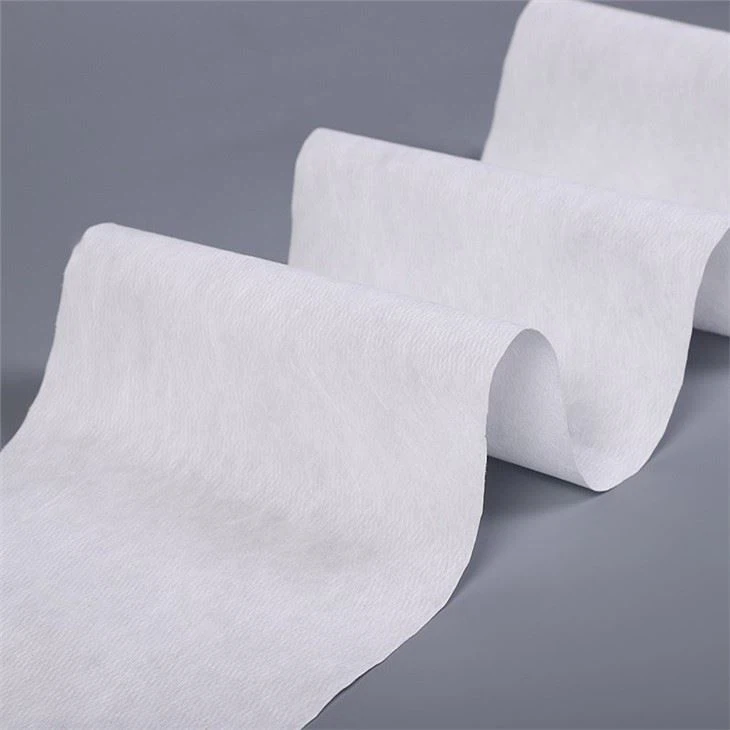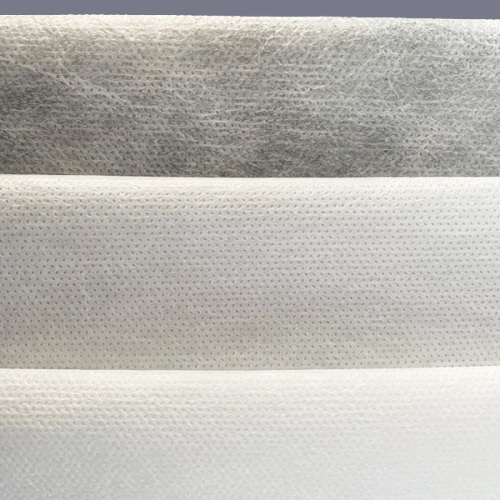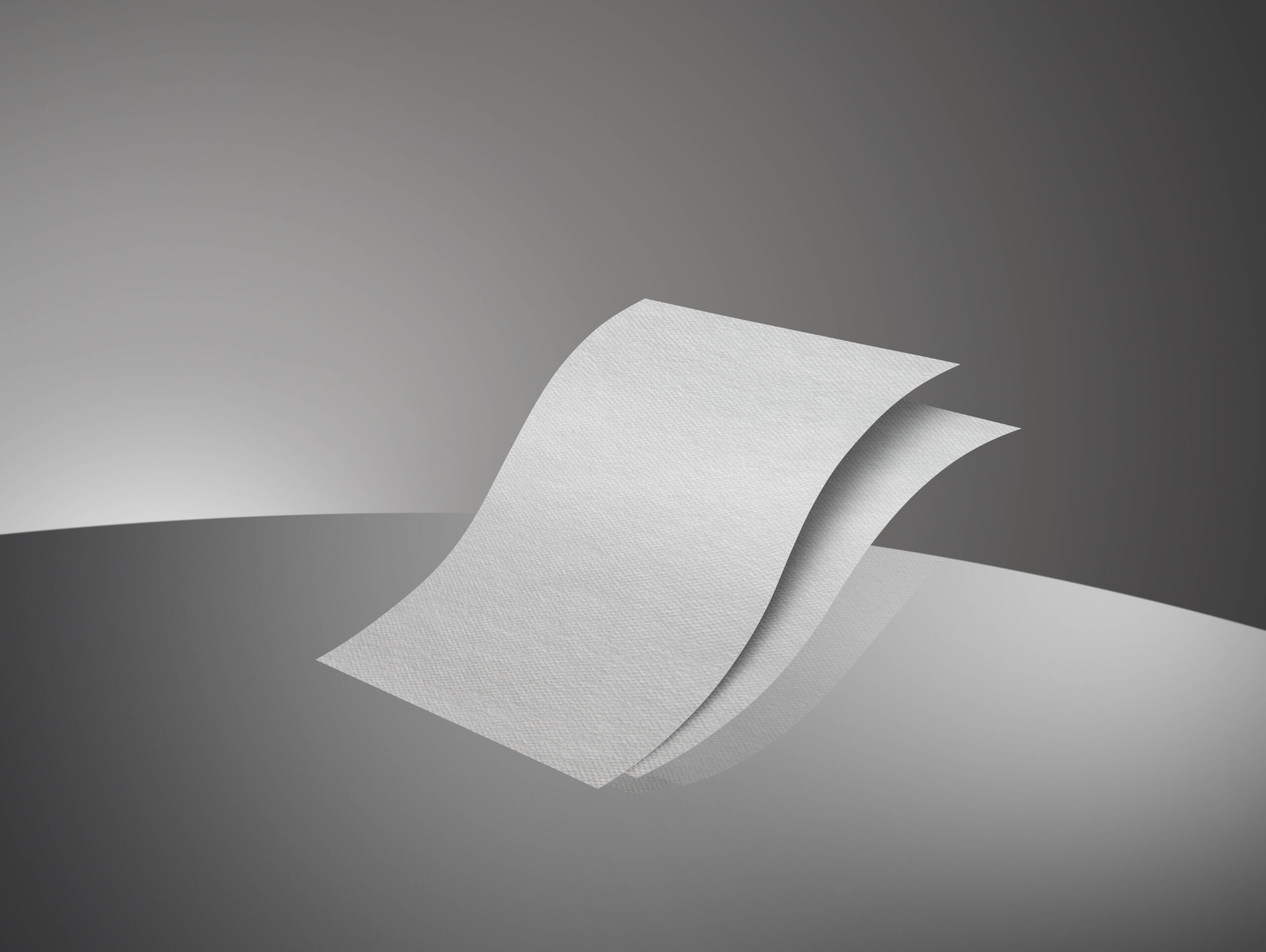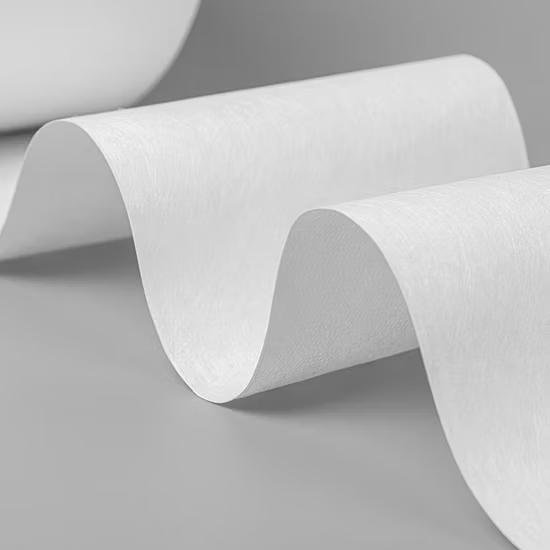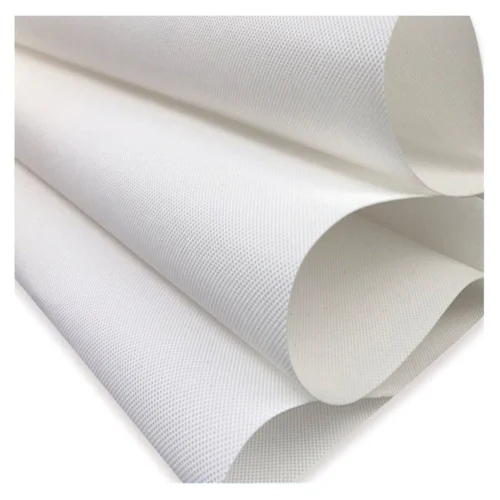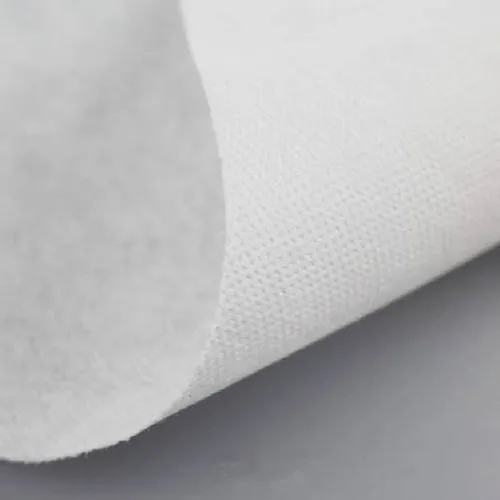Description
Biodegradable polylactic acid (PLA) fabrics are gaining attention as a sustainable alternative to conventional textiles, driven by increasing awareness of environmental issues associated with plastic waste. PLA is derived from renewable resources such as corn starch or sugarcane, making it a more eco-friendly option compared to petroleum-based materials. These fabrics offer several benefits, including the ability to decompose naturally under specific conditions, thus reducing the burden on landfills and minimizing the ecological footprint of the fashion industry. As consumers become more environmentally conscious, the demand for biodegradable materials like PLA is on the rise, encouraging manufacturers to innovate and adapt their practices.
The production of PLA fabrics aligns with the principles of a circular economy, where materials are designed to be reused and returned to the environment safely. These textiles exhibit properties comparable to traditional synthetic fabrics, such as durability and versatility, while offering a much lower environmental impact. Additionally, PLA’s inherent moisture-wicking and breathable characteristics make it suitable for various applications, from casual wear to activewear. As research and development continue to advance, improvements in PLA’s performance and cost-effectiveness are expected, further solidifying its place in the textile industry.
Moreover, the integration of biodegradable PLA fabrics into mainstream fashion has the potential to inspire a broader shift towards sustainable practices in the industry. Brands incorporating these materials are not only addressing consumer demand for eco-friendly products but also setting an example for responsible manufacturing. By prioritizing sustainability, the fashion industry can move towards reducing its reliance on fossil fuels and contribute positively to the environment. The development and promotion of biodegradable PLA fabrics mark a significant step in the quest for sustainable solutions, signaling a transformative era for the textile sector and offering hope for a more environmentally-friendly future.

